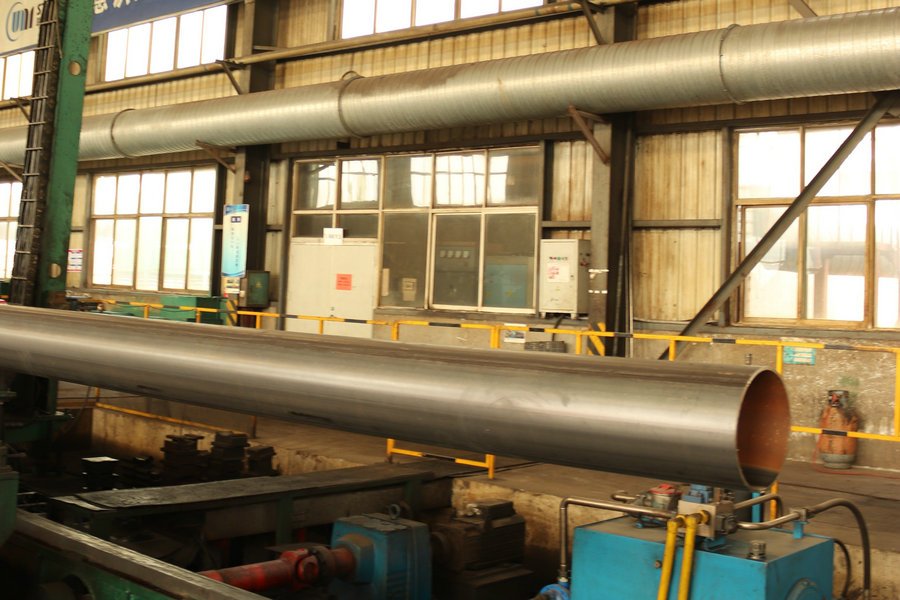
When purchasing or designing with steel pipes, understanding their theoretical weight is essential. Theoretical weight helps engineers, manufacturers, and buyers estimate costs, transportation loads, and material requirements.
In this article, we’ll explore how to calculate the theoretical weight of round, square, and oval pipes, and how the material type (carbon steel, alloy steel, or stainless steel) affects the overall weight.
Theoretical weight refers to the calculated weight of a metal product based on its dimensions and density, not the actual measured weight.
Since manufacturing processes can cause minor variations, theoretical weight provides a standardized reference widely used in engineering drawings and quotations.
Different types of steel have different densities, which directly affect theoretical weight:
Material Density (g/cm3)
Carbon Steel: 7.85
Alloy Steel: 7.90
Stainless Steel: 7.93
While the difference seems small, it becomes significant for large-scale structures or bulk orders.
Where:
OD = Outer Diameter (mm)
WT = Wall Thickness (mm)
0.02466 = Constant derived from steel density (7.85 g/cm³)
Example:
A carbon steel pipe with OD = 60mm and WT = 4mm
→ (60 - 4) × 4 × 0.02466 = 5.52 kg/m
Where:
A = Outer Width (mm)
WT = Wall Thickness (mm)
Example:
Square tube A = 50mm, WT = 3mm
→ (50 - 3) × 3 × 0.0316 = 4.46 kg/m
For oval or elliptical tubes, theoretical weight is slightly more complex:
Where:
C = Average Circumference (mm), approximated as
(a = major axis, b = minor axis)
Example:
a = 60mm, b = 40mm, WT = 2mm
→ C ≈ 3.1416 × 50 = 157mm
→ (157 - 2) × 2 × 0.02466 / 10 = 0.76 kg/m
While the formula structure remains similar, the density coefficient changes slightly depending on the steel type.
For example, using 7.93 instead of 7.85 in the constant slightly increases the theoretical weight for stainless steel.
Practical Implications:
Carbon Steel: Cost-effective, standard weight reference.
Alloy Steel: Slightly heavier, higher strength and temperature resistance.
Stainless Steel: Slightly heaviest, best corrosion resistance.
Accurate cost estimation: Helps calculate material cost per meter.
Design optimization: Enables engineers to manage total structure weight.
Transportation planning: Predicts load capacity during shipping.
Inventory control: Standardized reference for procurement and stock management.
Whether you're dealing with round, square, or oval pipes, mastering theoretical weight calculations ensures precision in every project.
By adjusting density constants according to carbon, alloy, or stainless steel, you can achieve reliable estimates that support design accuracy, cost control, and efficient production.
